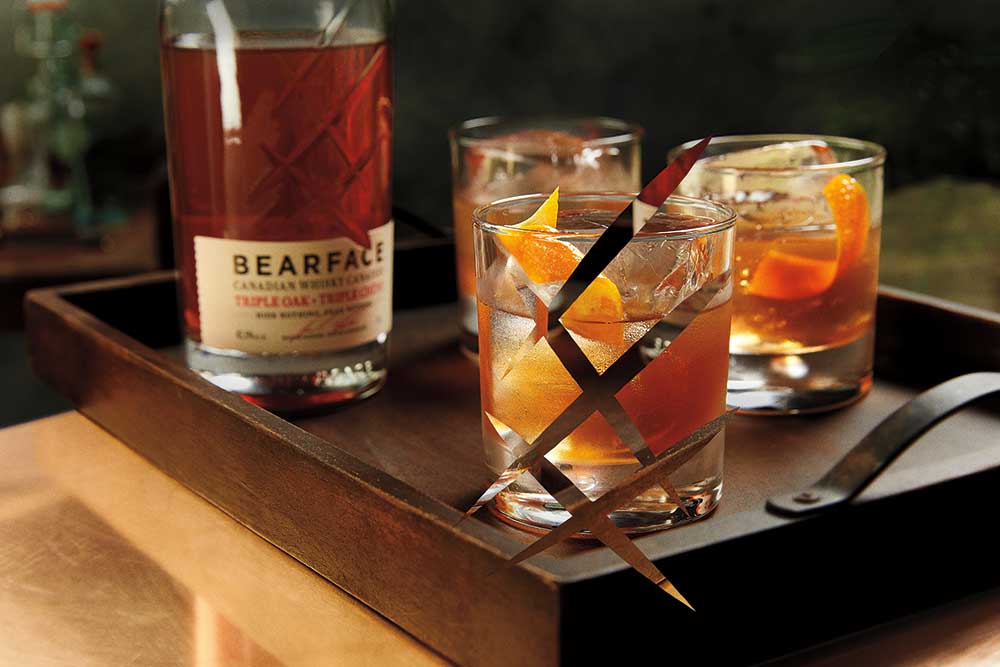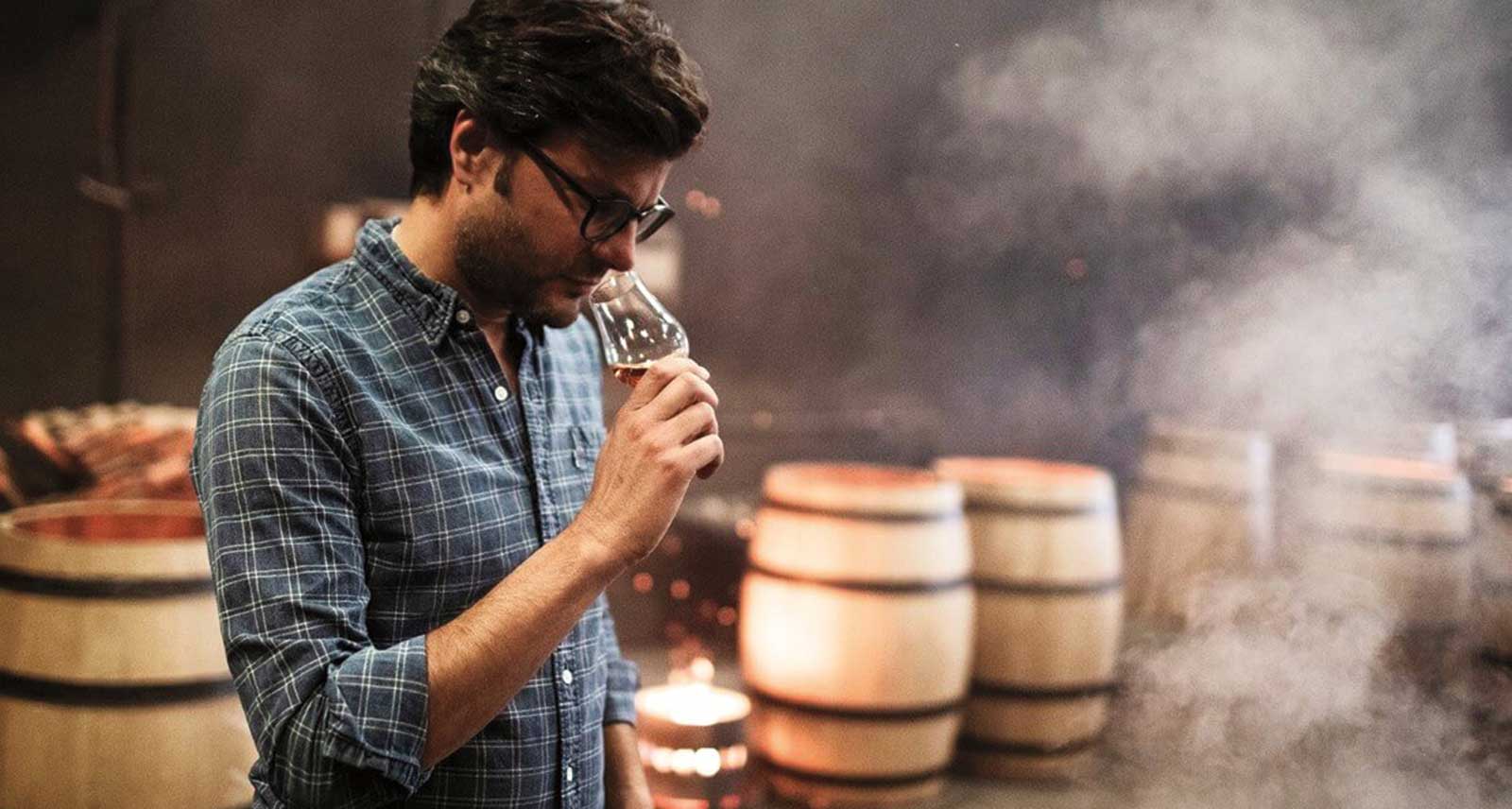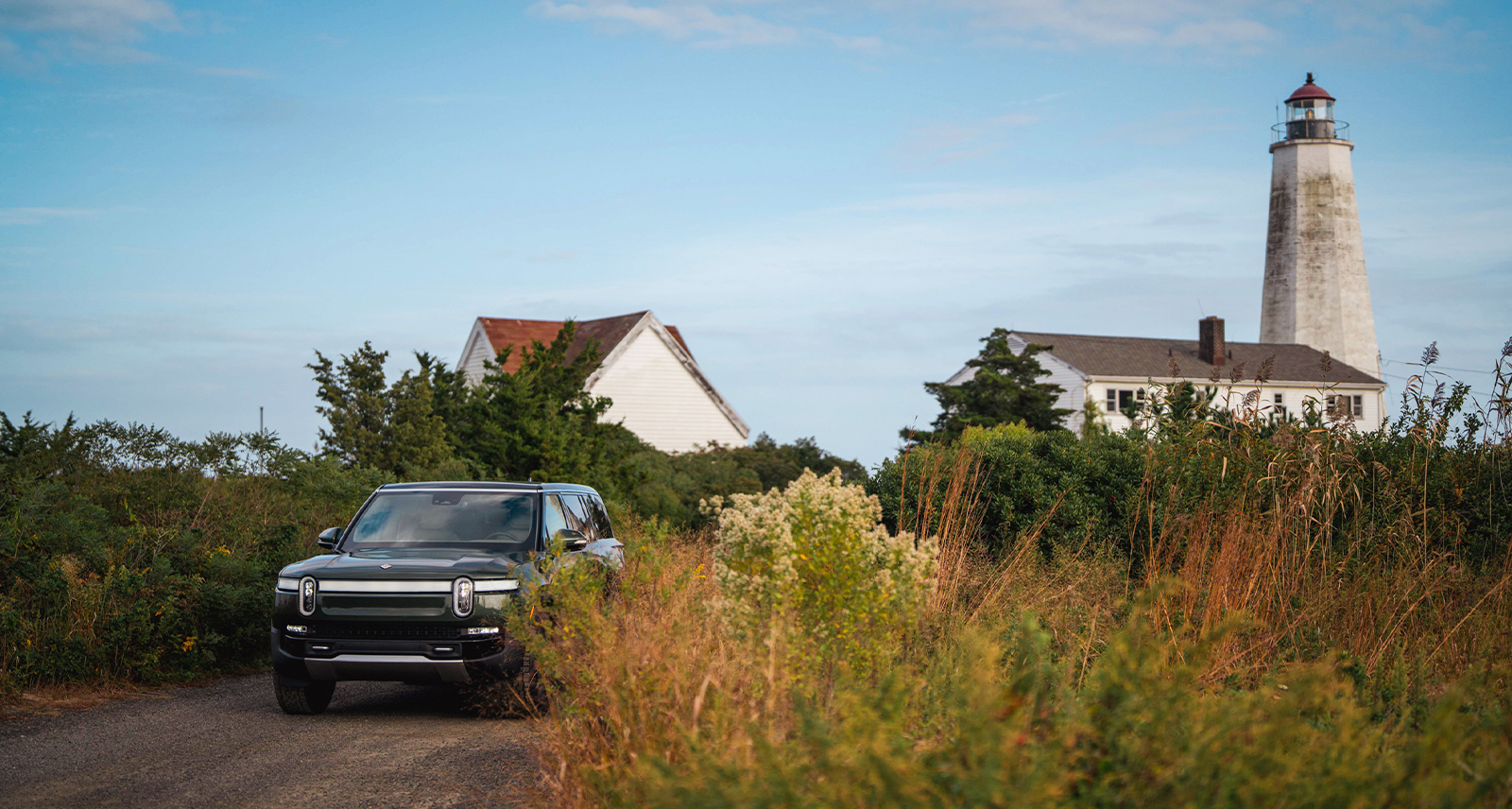Ask A Master Blender: Bearface Spirits’ Andres Faustinelli Brings the World to His Whisky
BEARFACE & SHARP
Andres Faustinelli was born in Venezuela, raised in Italy, carries a French passport, lives in San Francisco and works in Kelowna, B.C. — a “citizen of the world” if we’ve ever met one. Faustinelli, who has worked in beer, bourbon, wine, and even mezcal, is also something of a renaissance man when it comes to libations. And, it turns out, his breadth of life and work experience is the secret to his success as Bearface whisky’s Master Blender.
We recently sat down with Faustinelli to learn more about how he’s reimagining Canadian whisky.
 Bearface
Bearface
You said you always wanted to work in Canadian whisky. Why is that?
If you really want to invent and be creative, Canadian whisky is the most exciting space, because the regulations and definitions give you freedom to explore. The rules allow Canadian whisky makers to be more creative and open up different opportunities.
In Canada, we focus more on the role of the master blender than the head distiller. What’s the difference?
The distillation profiles of new-make spirits are like the ABCs. They give you the letters of the alphabet but, what is more interesting to me and other people in Canadian whisky, is the art of blending, which allows you to turn those letters into words and then turn those words into stories.
You’ve used oak as a bridge in the blending process. Can you describe how it affects the flavour in a whisky like Triple Oak?
My thinking with Triple Oak was to create something that started off laid- back and mellow and finished off barrel-forward and fruity. The American oak welcomes you in at the beginning, and then the French oak gives the whisky a lot of dried fruit and cranberry and then the Hungarian oak gives it more of a dry finish, sort of a unique spicy finish.
What’s the best way to enjoy Triple Oak 7 year?
If I’m at home and in the mood for something a little more sophisticated, I like it in a cocktail called “Old Fearless,” which is very close to an Old Fashioned, but uses cedar bitters.
To many, the “One-Eleven” rule, which allows blenders to add a small amount of other spirits to Canadian whisky, has been a kind of secret. Did it take an outsider to see it as a virtue?
Two hundred percent. Other producers use it but rarely put it on the label, so I saw an opportunity. The difference is that I said: “The rules are different up here – Let’s own it.” That was the plan from day one with Bearface and when we launched the One-Eleven, we became the world’s first-ever whisky to be blended with an agave spirit, mezcal.
Why did you choose mezcal?
There’s a wild element to Bearface. It’s about being out there and being exposed in the wilderness, which is how we do things in the Okanagan Valley. Mezcal is also wild — both the way the agave grows and the way it’s made in the open air — so there’s a real connection there.
When you say Bearface is about being exposed and in the wilderness, you’re talking both on a metaphorical and on a literal level, right?
Yes, we’ve been working on a unique process we call “elemental aging.” We bring the barrels out into the wild and store them in repurposed shipping containers to expose the whisky to the elements of the Okanagan. This makes Bearface a true terroir story because we are embracing the elements completely.










